The second day of our challenge was a cloudy afternoon in early December. Since I had to do a 5K race in the morning, we decided to start a bit later at 1 p.m.
- Section: Southern Beaches Walk
- Total Time: ~3 hours
- Terrains: Road
- Start Point: Ocean Park, Wong Chuk Hang
- End Point: Murray House, Stanley
- Total Distance: 12.5 km
Edith and I met at the same spot outside Ocean Park where we finished on Day 1. As we walked along the waterfront, we soon reached Shouson Hill, Deep Water Bay. North of the hill we could see a series of expensive mansions along the Shouson Hill Road. The hill is named after Chow Shouson, who was born in Wong Chuk Hang Valley and became a senior official in the Qing Dynasty, and later, a politician in Hong Kong. In the early 20th century, the British military used the hill to bunker troops and sentry posts overlooking Deep Water Bay, Aberdeen, the area where Ocean Park is now located.
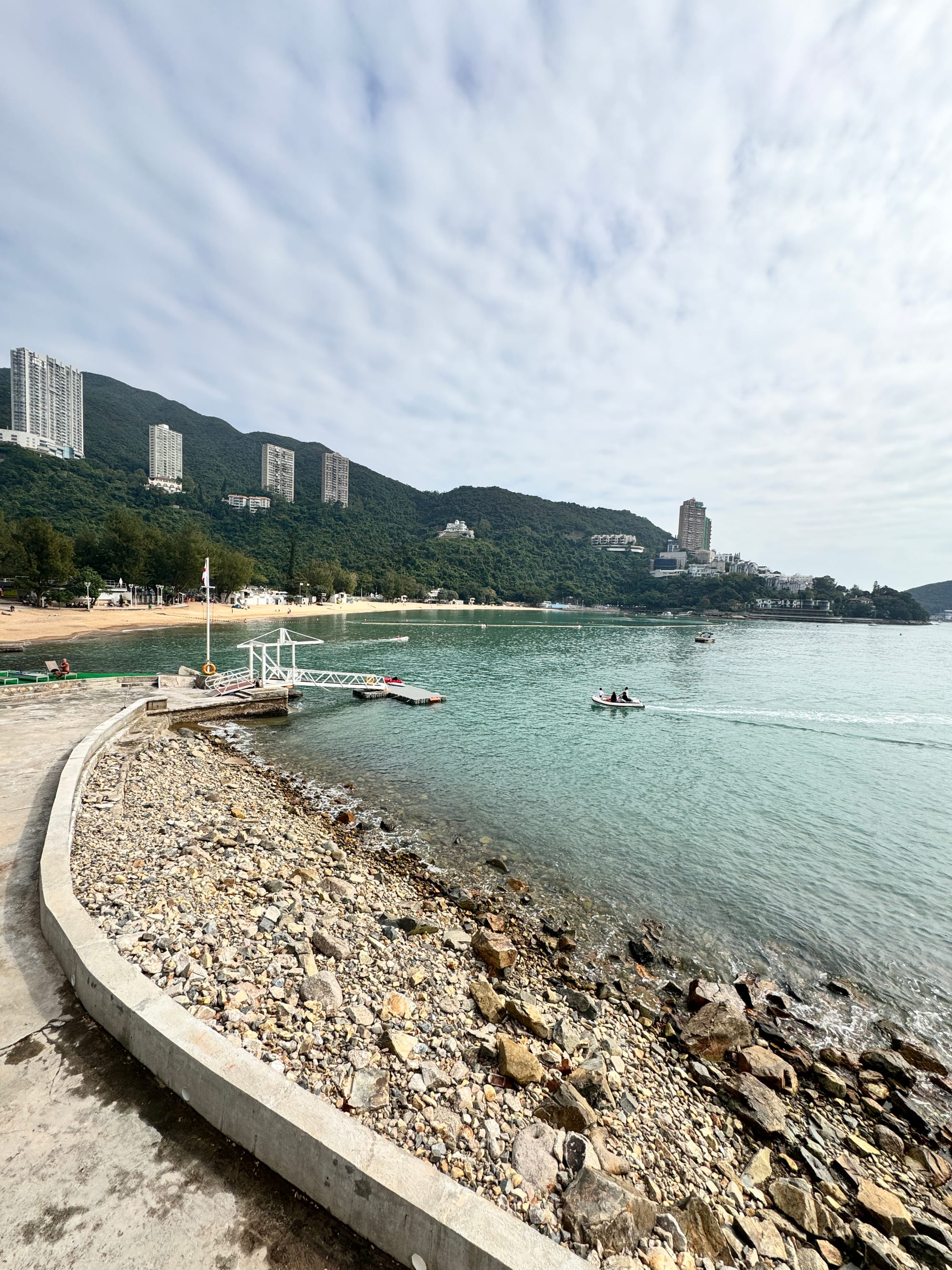
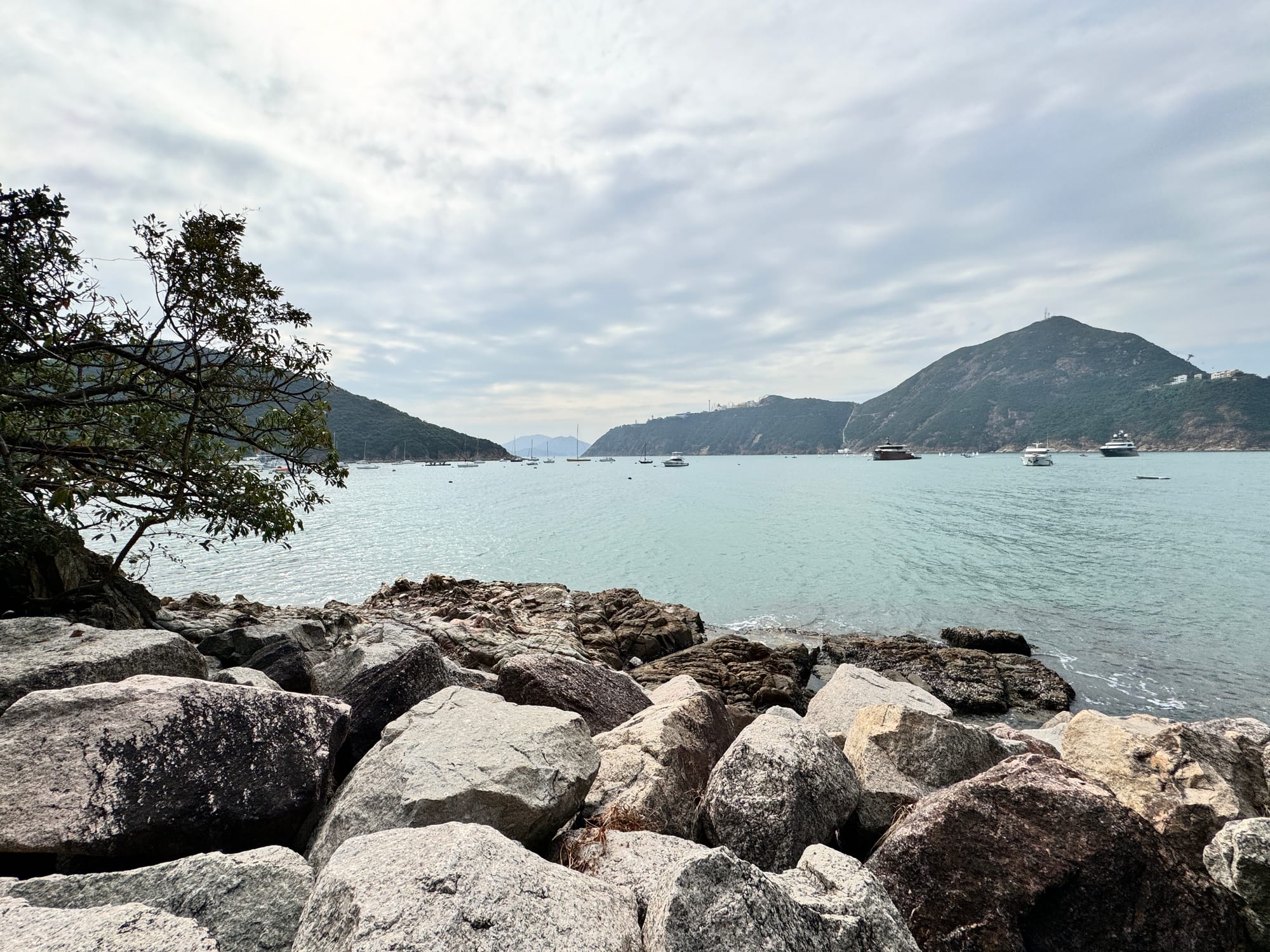
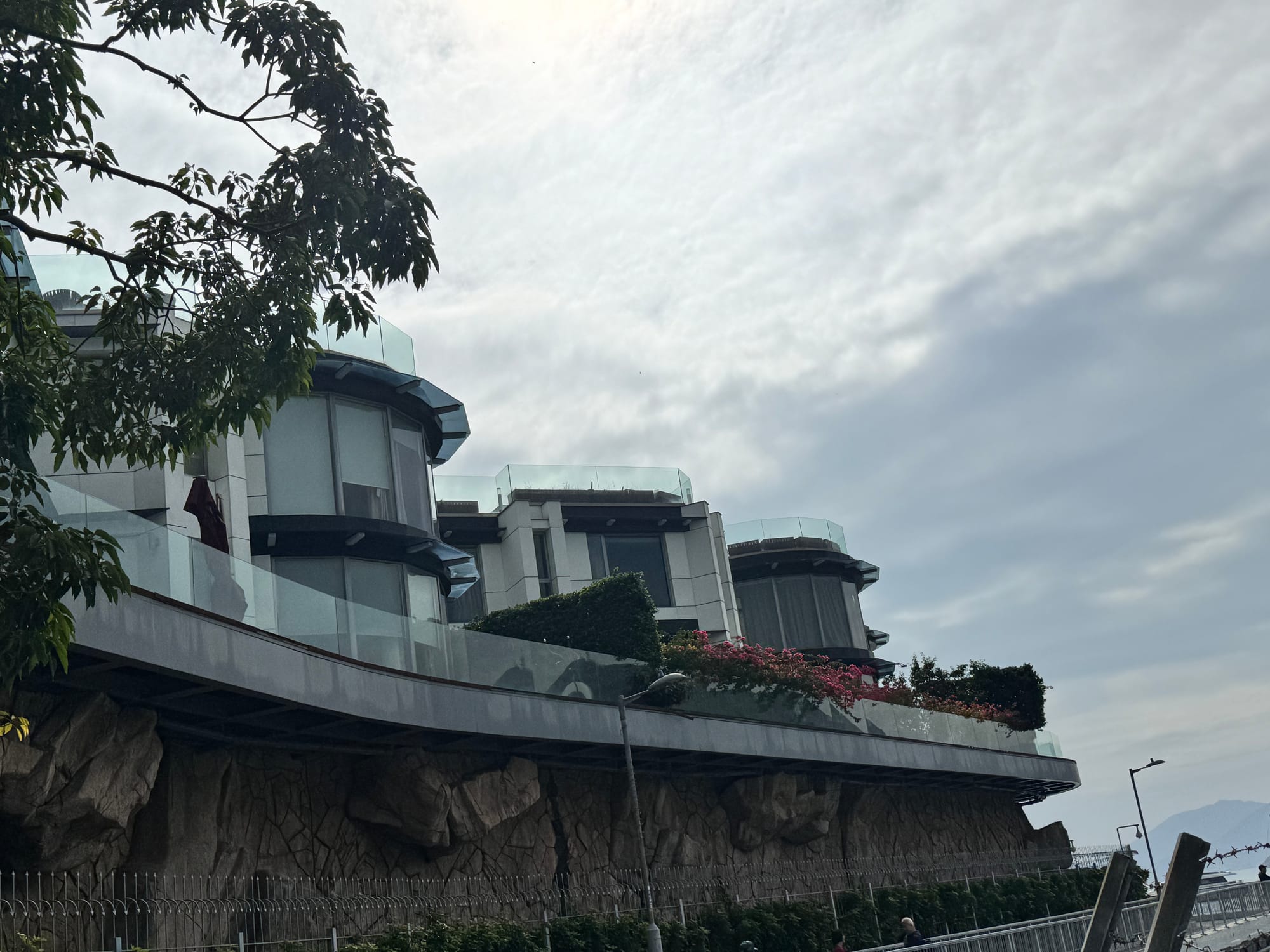
Deep Water Bay
After passing Shouson Hill, we reached Deep Water Bay followed by Repulse Bay. Both of these bays are popular beaches for tourists and locals. Behind Deep Water Bay is the Hong Kong Golf Club, built in 1898. Increasingly, the land leased by the government to these exclusive private clubs has raised concerns, as Hong Kong has a large housing shortage. On average, the waiting time for public housing is 5.6 years, a duration that the general public deems too long. Last year, Hong Kong Golf Club’s additional course in Fanling, New Territories was in the headlines because the government is requesting to take back part of the leased land to build new public housing.
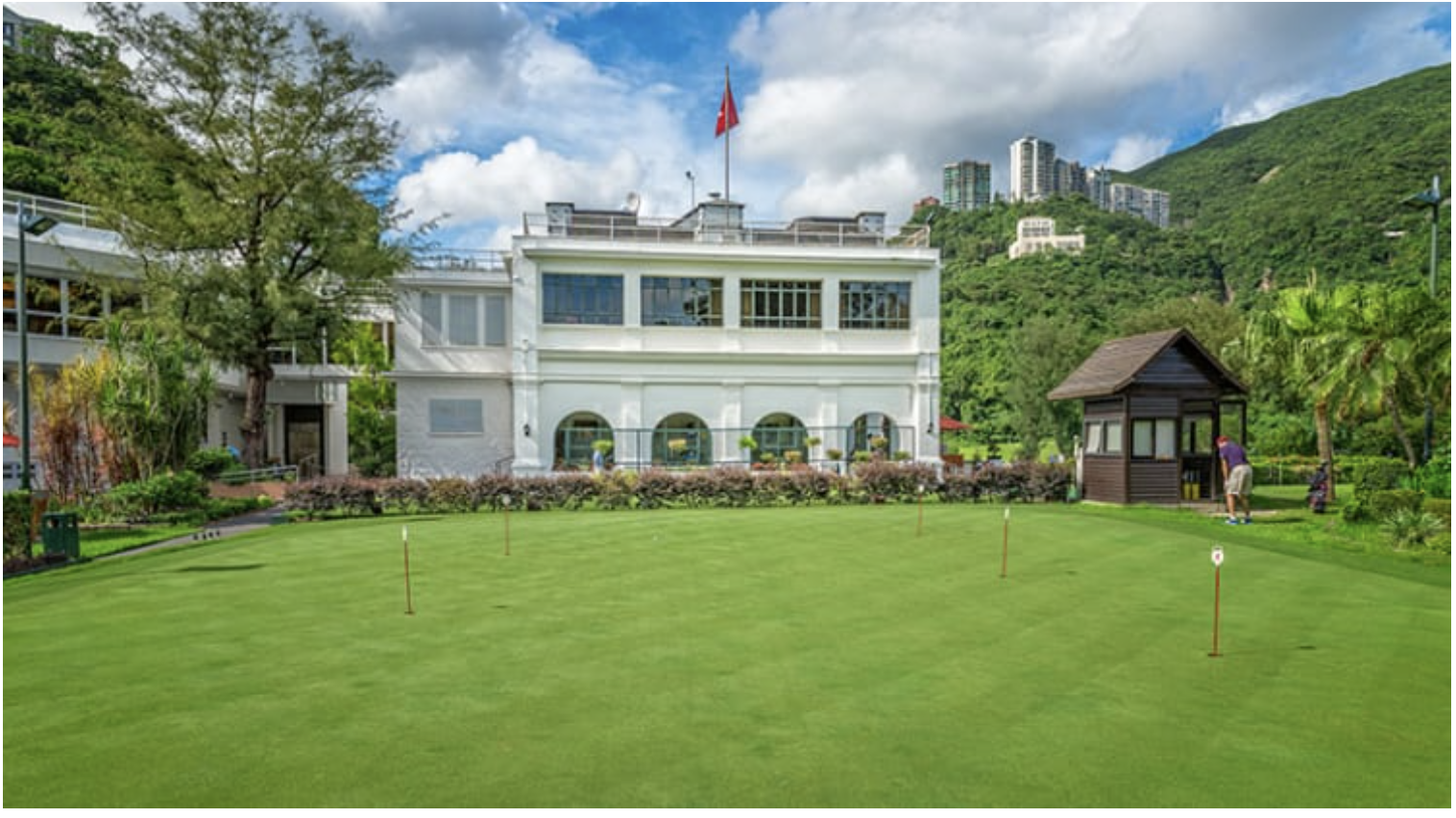
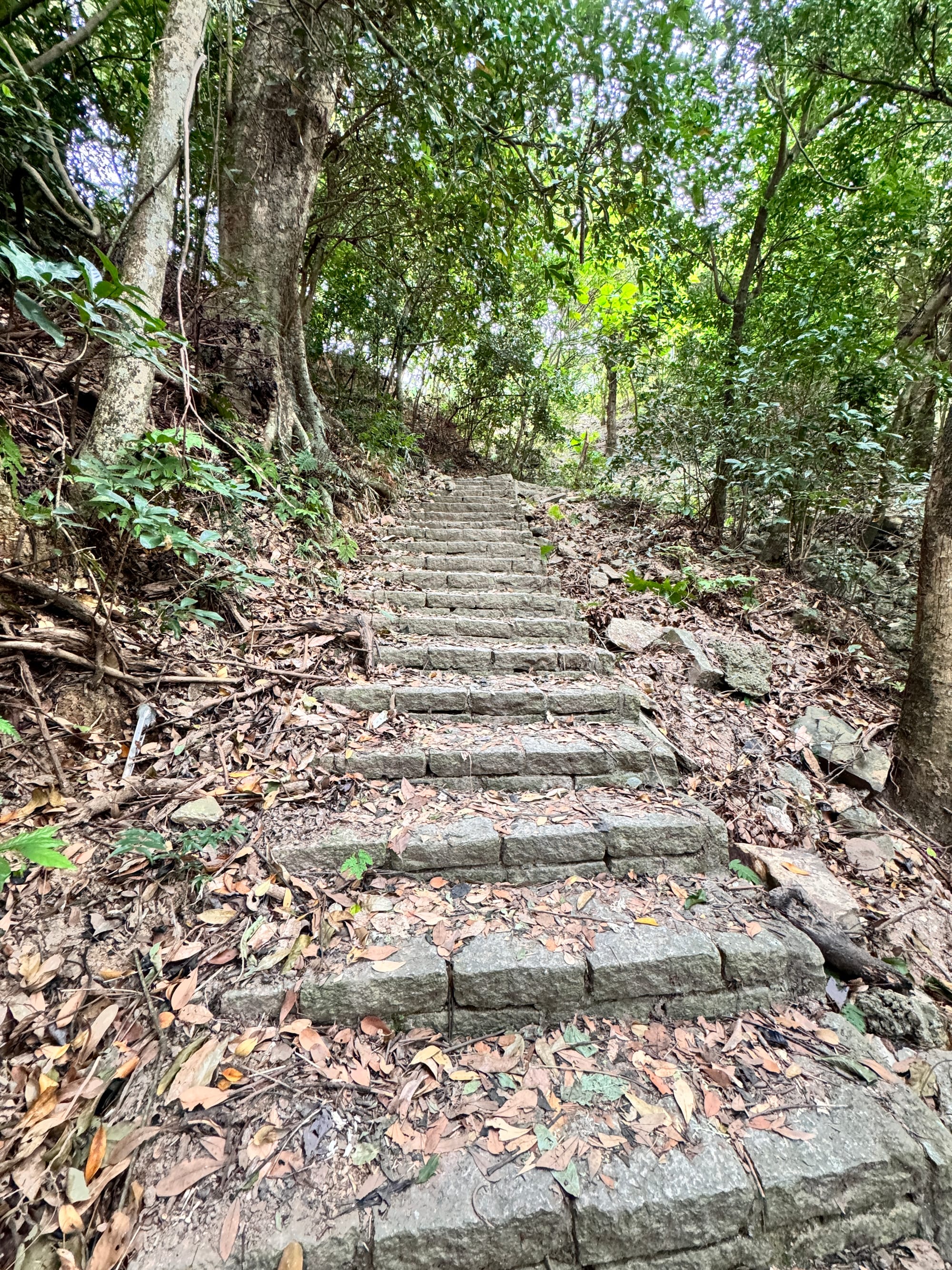
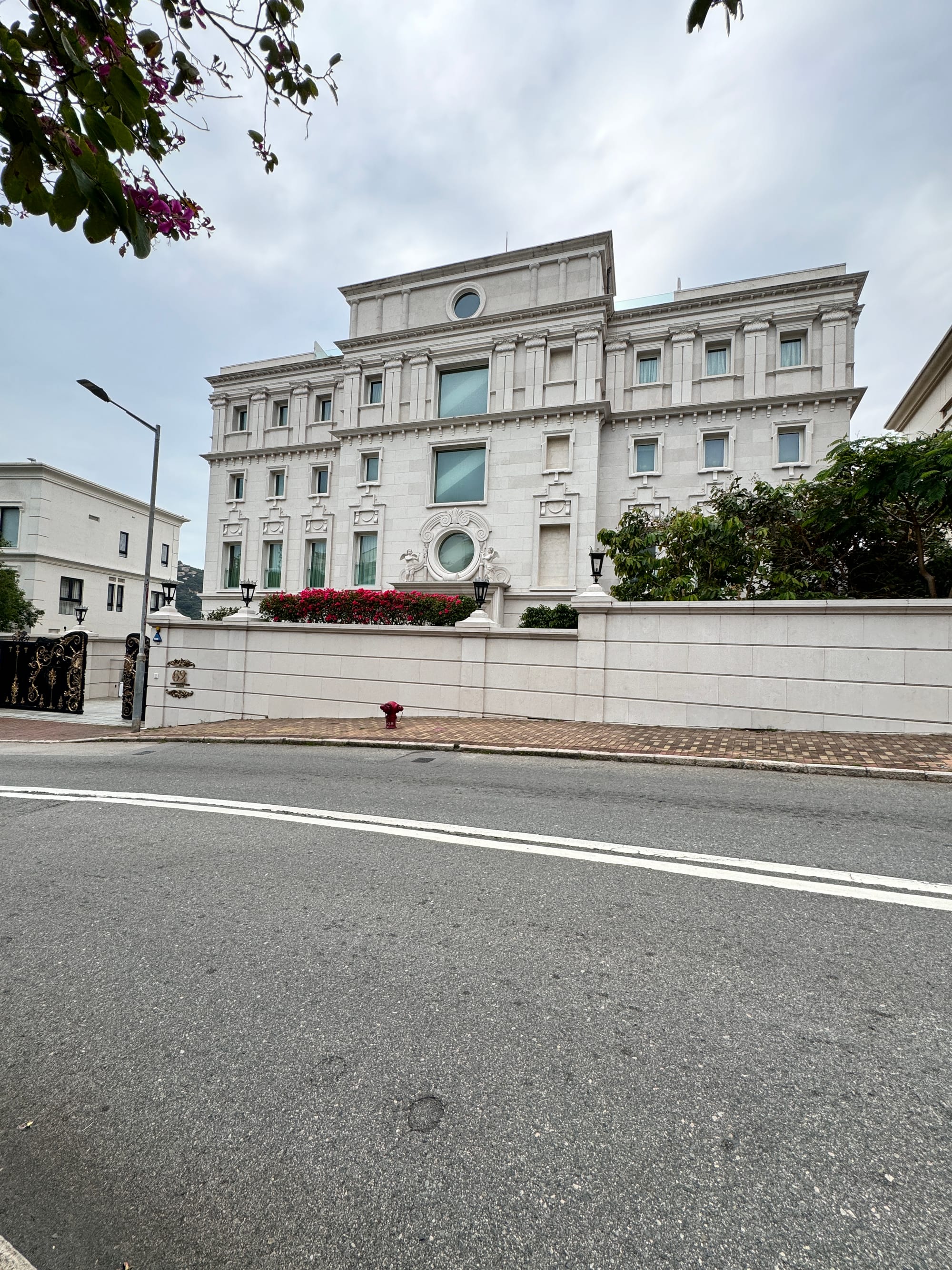
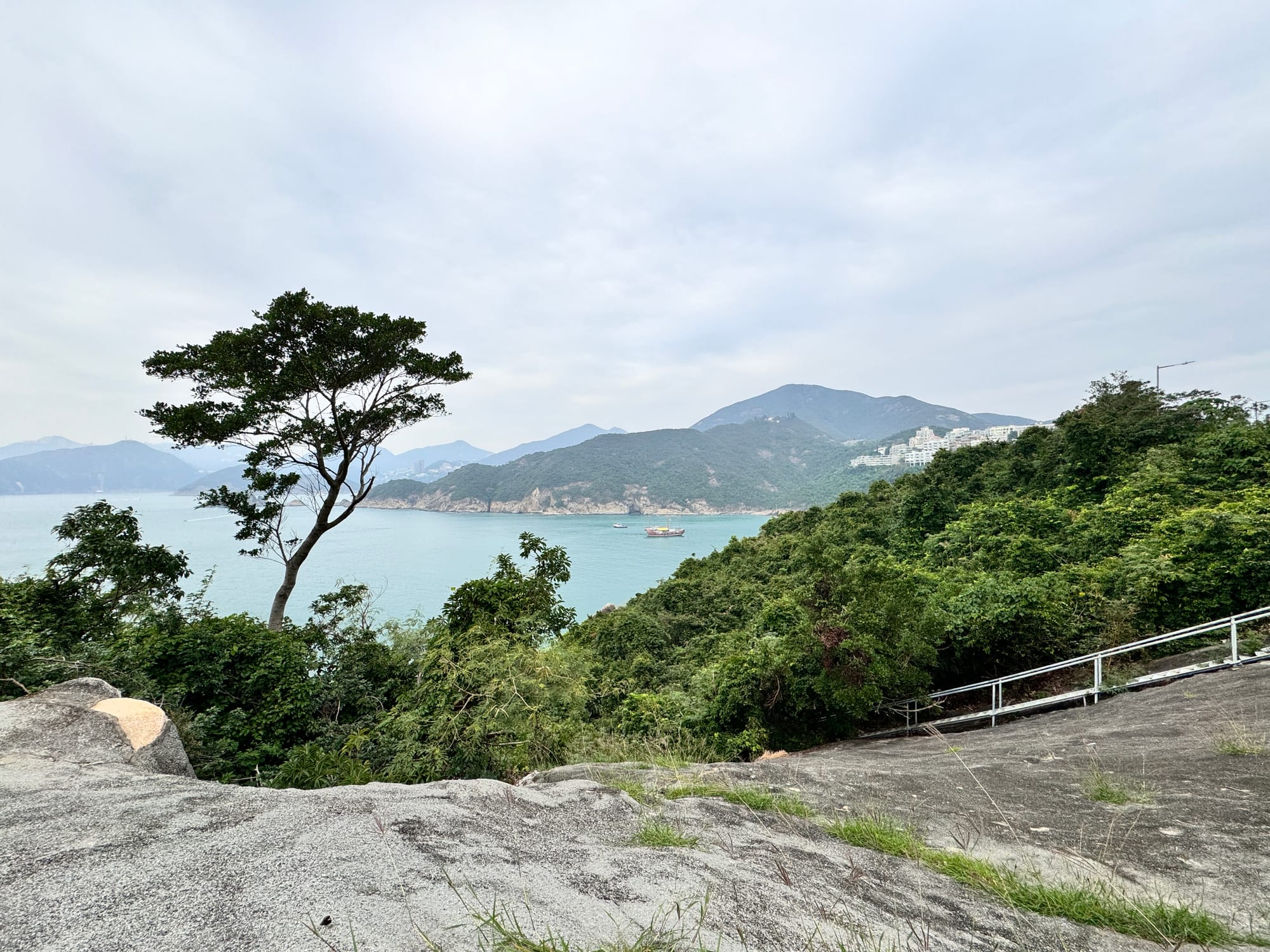
Chung Hom Kok Road on our way to Cheshire Home
After Repulse Bay, we hiked towards Chung Hom Shan. Neither of us had been to this area of Hong Kong before, and we were both amazed to find a large hospital called Cheshire Home that provides post-acute treatments and infirmary care to patients as well as care to long-stay residents with physical disabilities. The view from the hospital lobby was breathtaking. After the hospital site, we continued our hike to our final destination, Murray House at Stanley.
View from outside of Cheshire Home
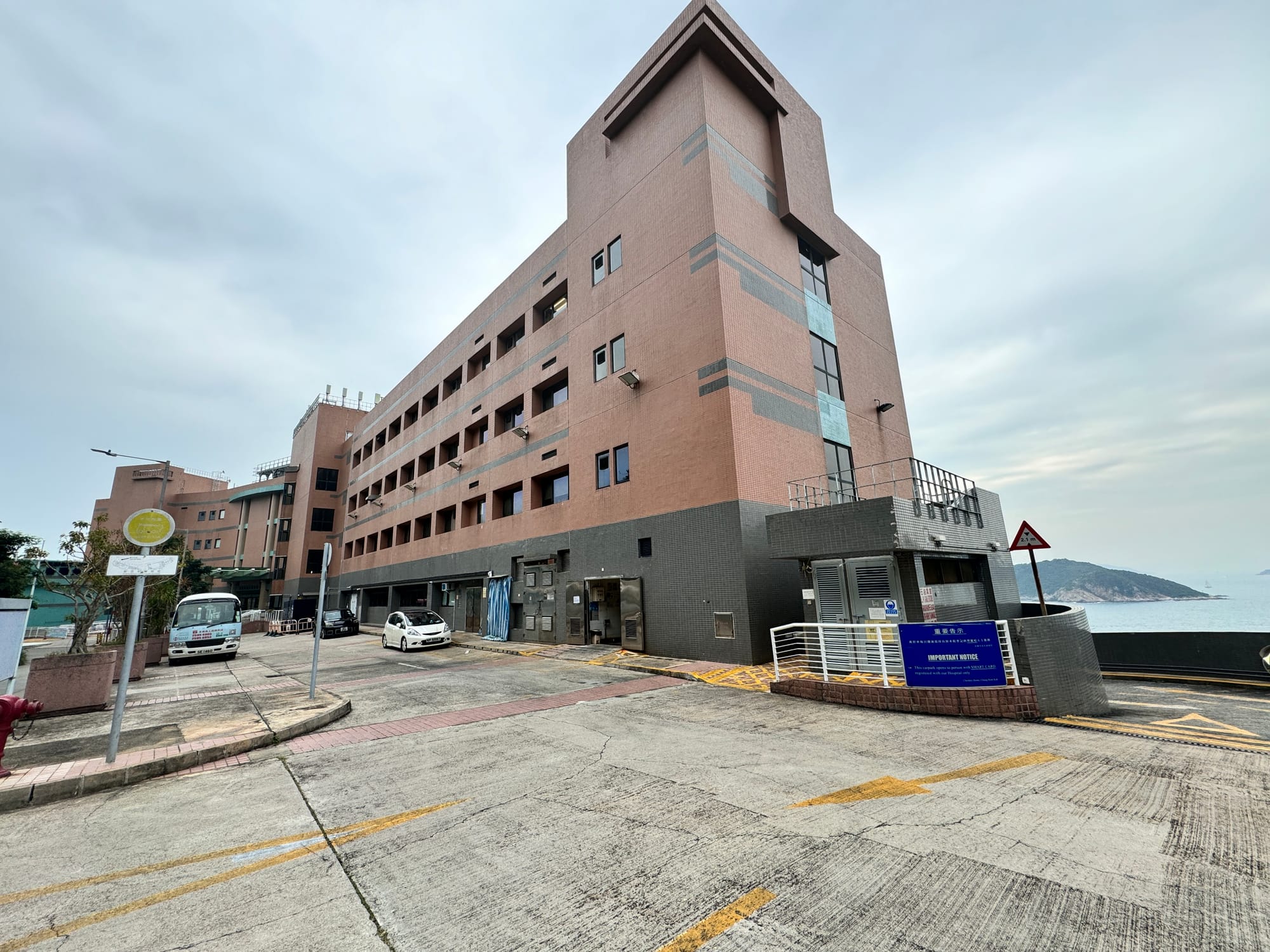
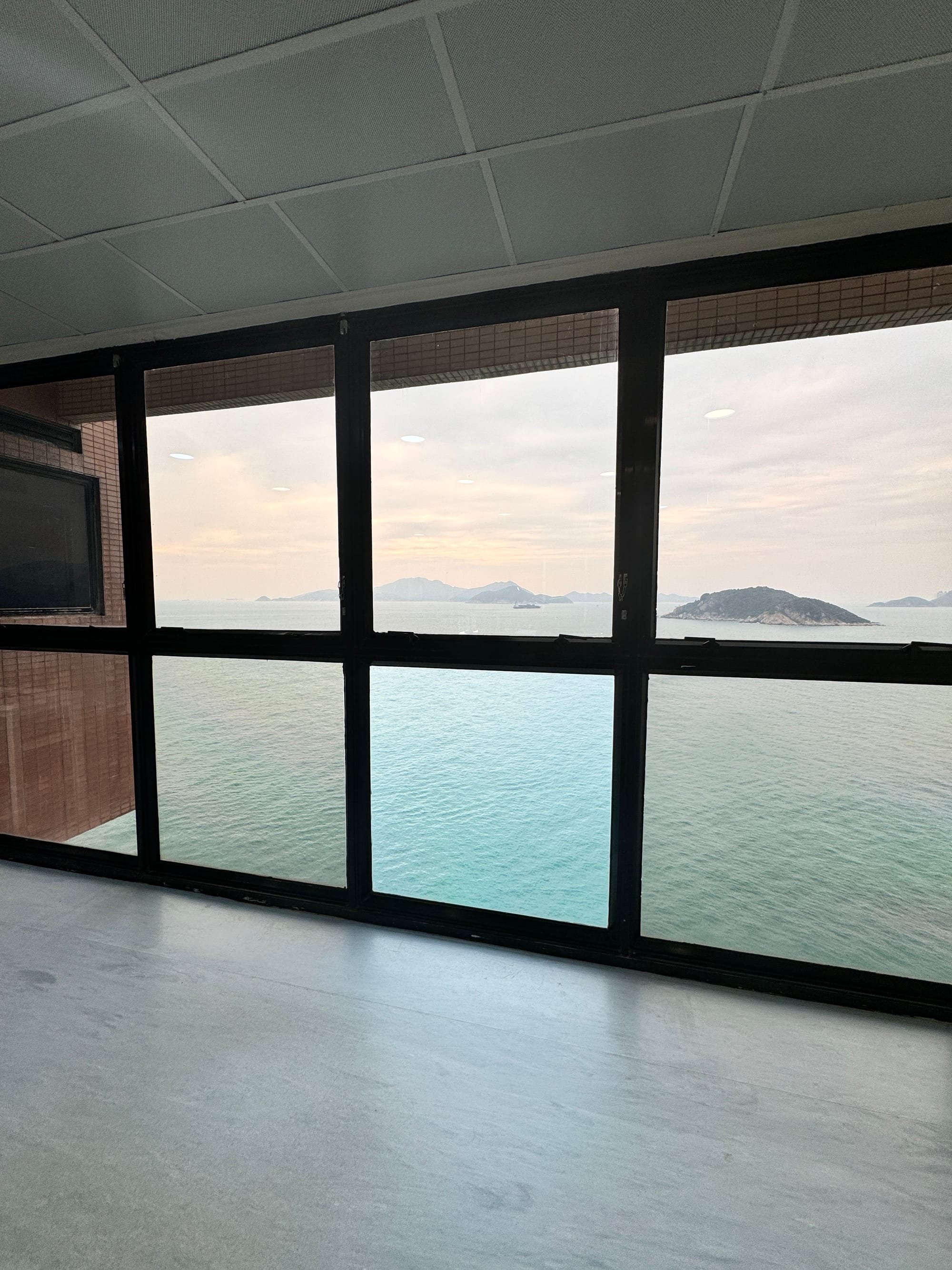
Cheshire Home
Murray House, an iconic landmark and one of Hong Kong’s oldest surviving public buildings was originally built in the 19th century. At the original location, the building was called Murray Barracks located in Central, Hong Kong. In the 2000s, Murray House was dismantled piece by piece, each piece was numbered and placed in storage until 1988 when the Housing Authority then suggested resurrecting Murray House on the waterfront as a dining and entertainment venue. The project faced challenges from multiple fronts. First, of the 4,000 pieces in storage, some have gone missing, and some have been damaged, and the architecture team had to be very creative in order to restore this giant building safely. Second, the villagers in Stanley were concerned about Murray House’s ghostly past which may affect their feng shui. Later, the architectural team incorporated the villagers’ concerns to make the building design compatible with the feng shui requirements.
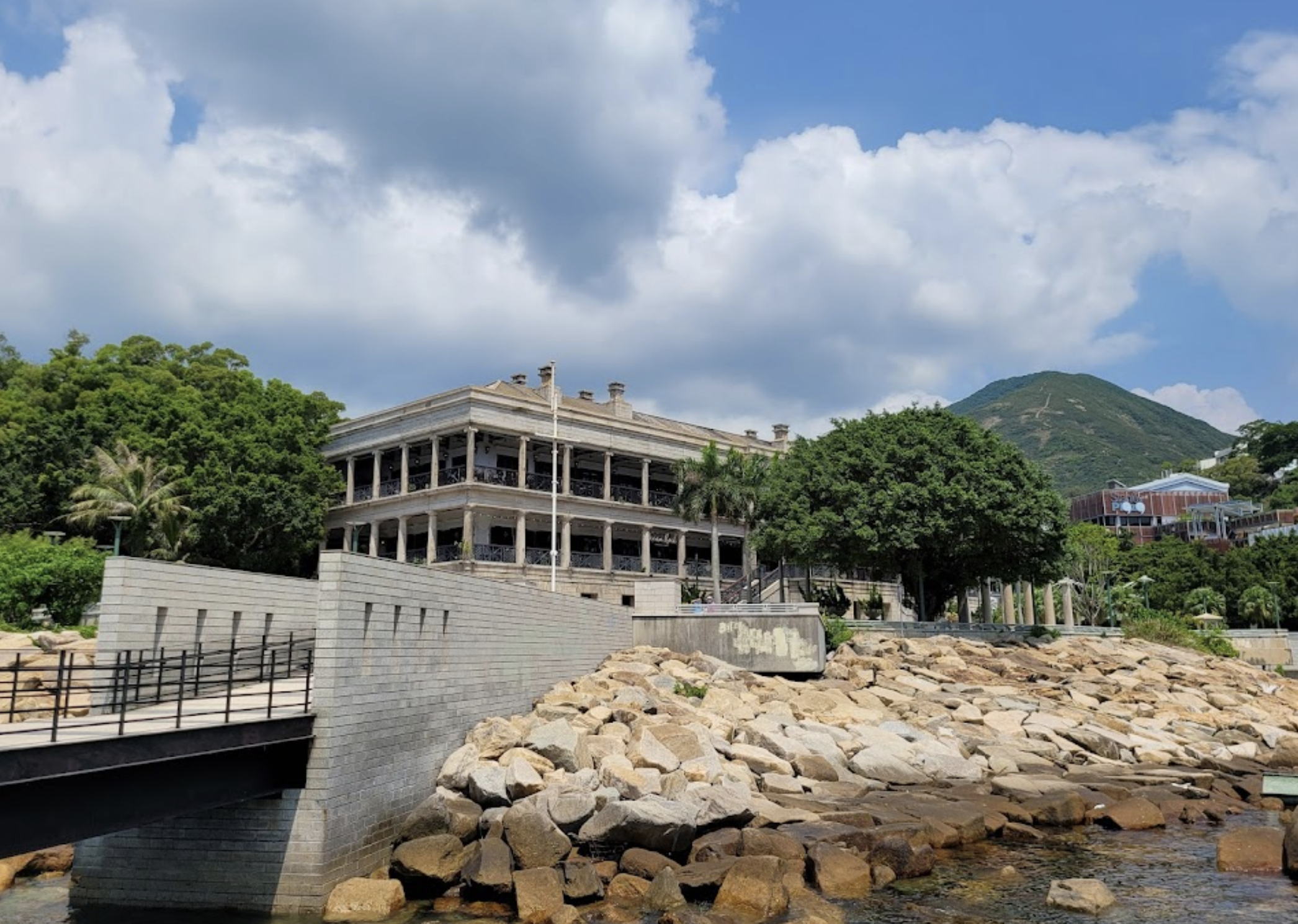
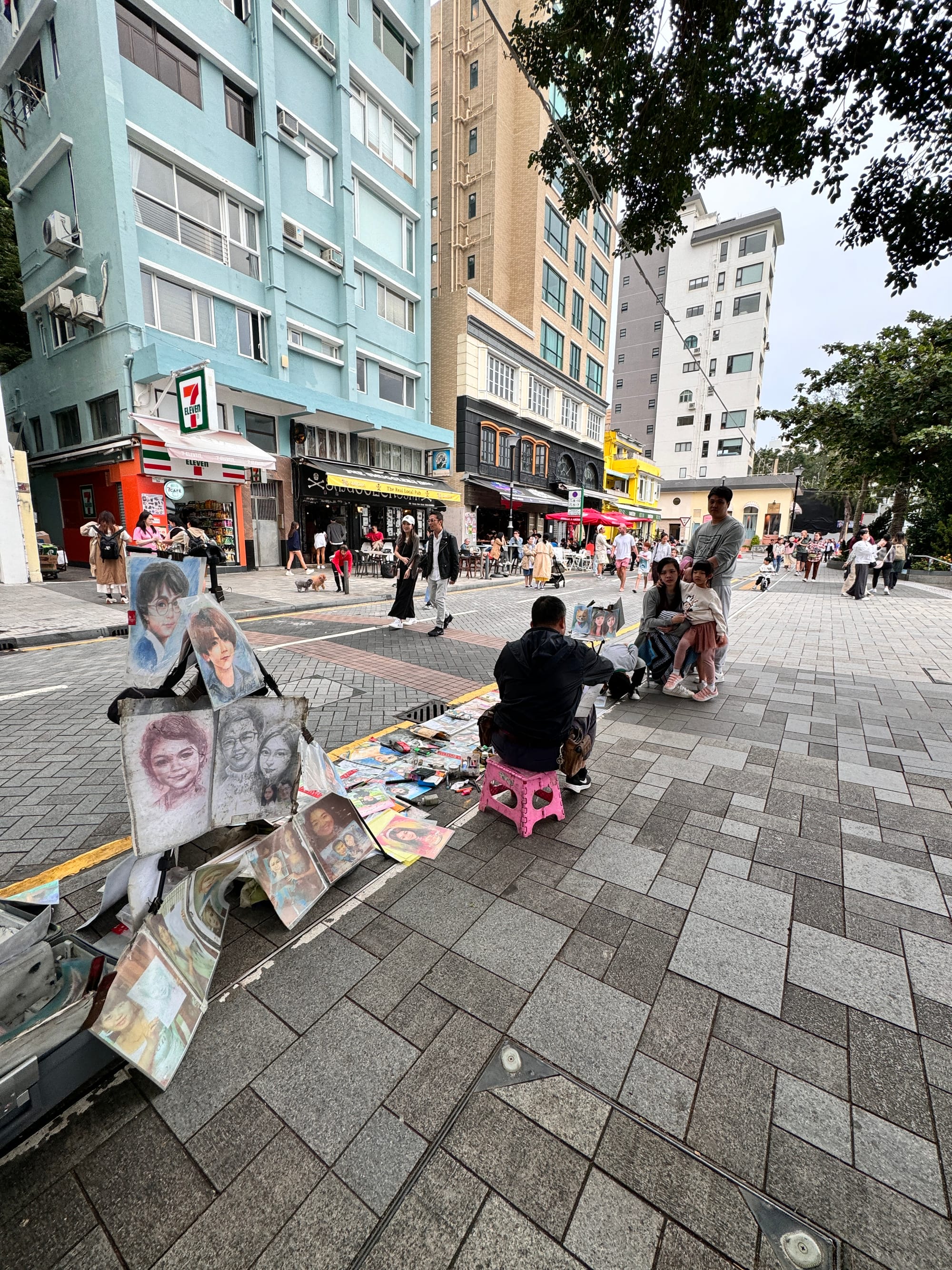
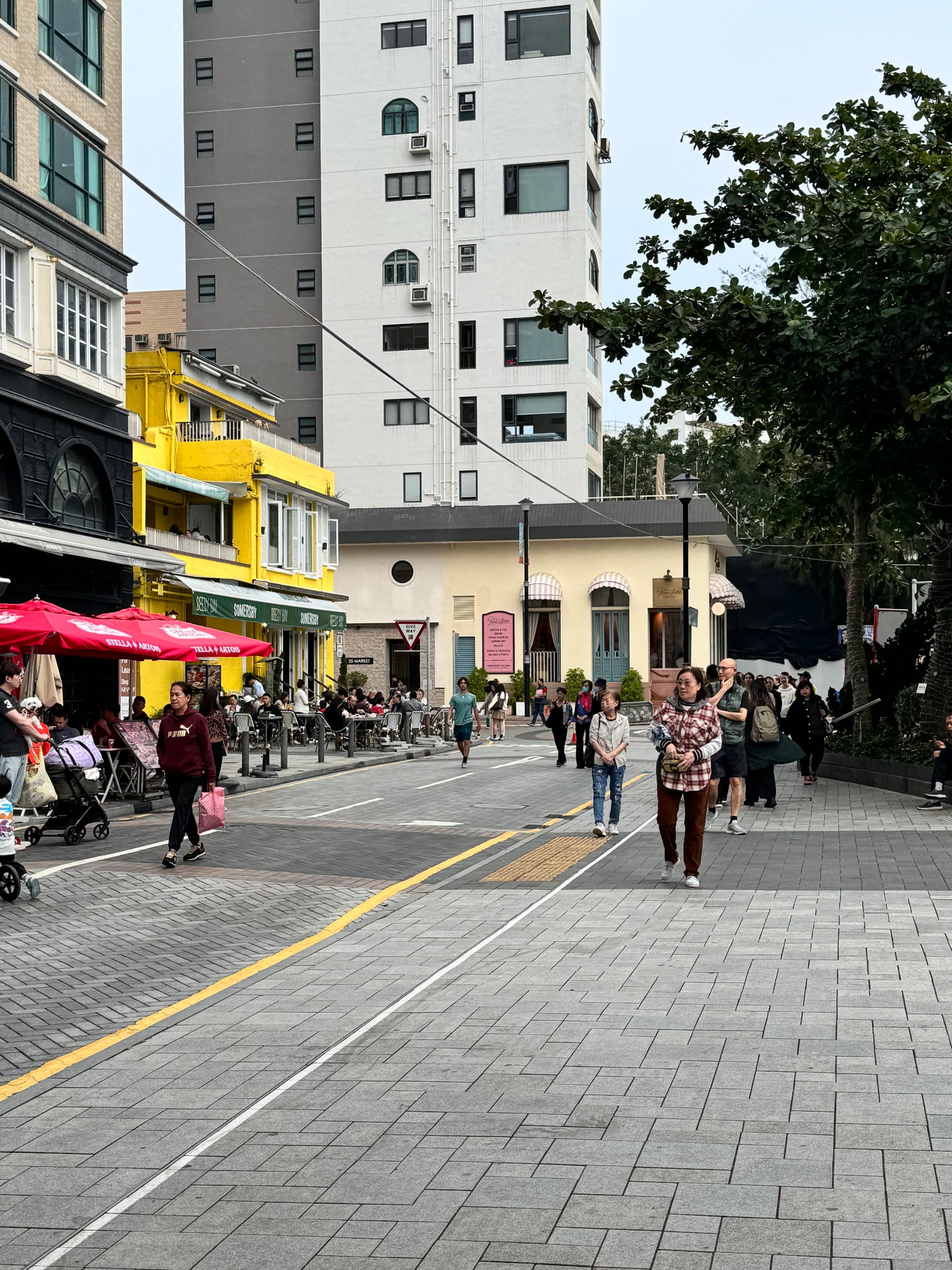
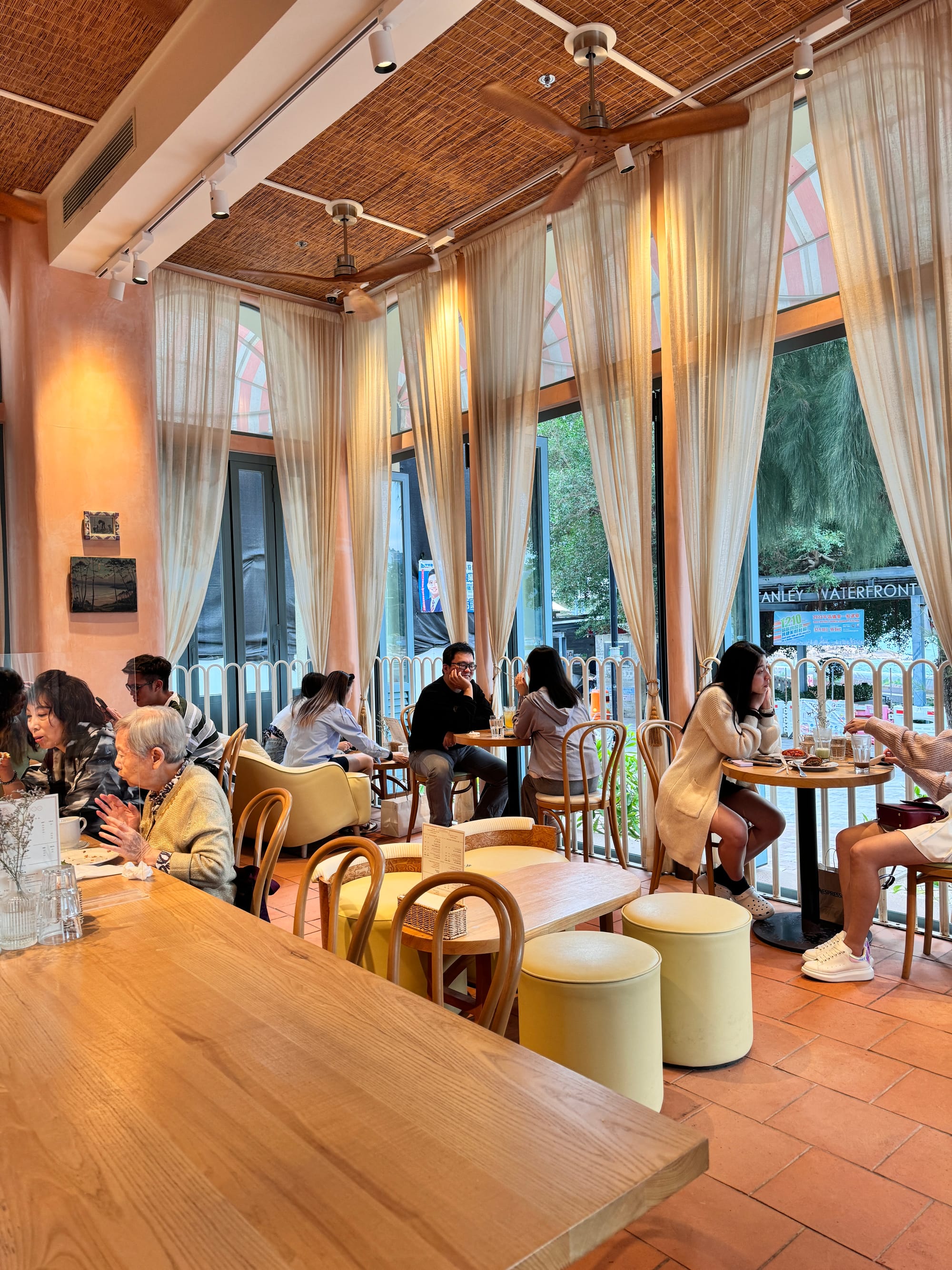
For many years, Murray Hosue brought many tourists to Stanley. During the weekend you would see double-decker buses completely full going back and forth from the city center to Stanley. Unfortunately, even with such a glorious past, Murray House also fell victim to changing consumer demand during the pandemic. Until today at the time of this blog being written in 2024, it has yet to recover. As we passed it on the trail, the vacant storefronts reminded me of how impermanent life is, and how even the grandest buildings are not immune to time and change.
With such a drastic shift in so many communities worldwide, how has the pandemic reshaped your worldview? Sign up to be a member to leave your comment below.






Member discussion